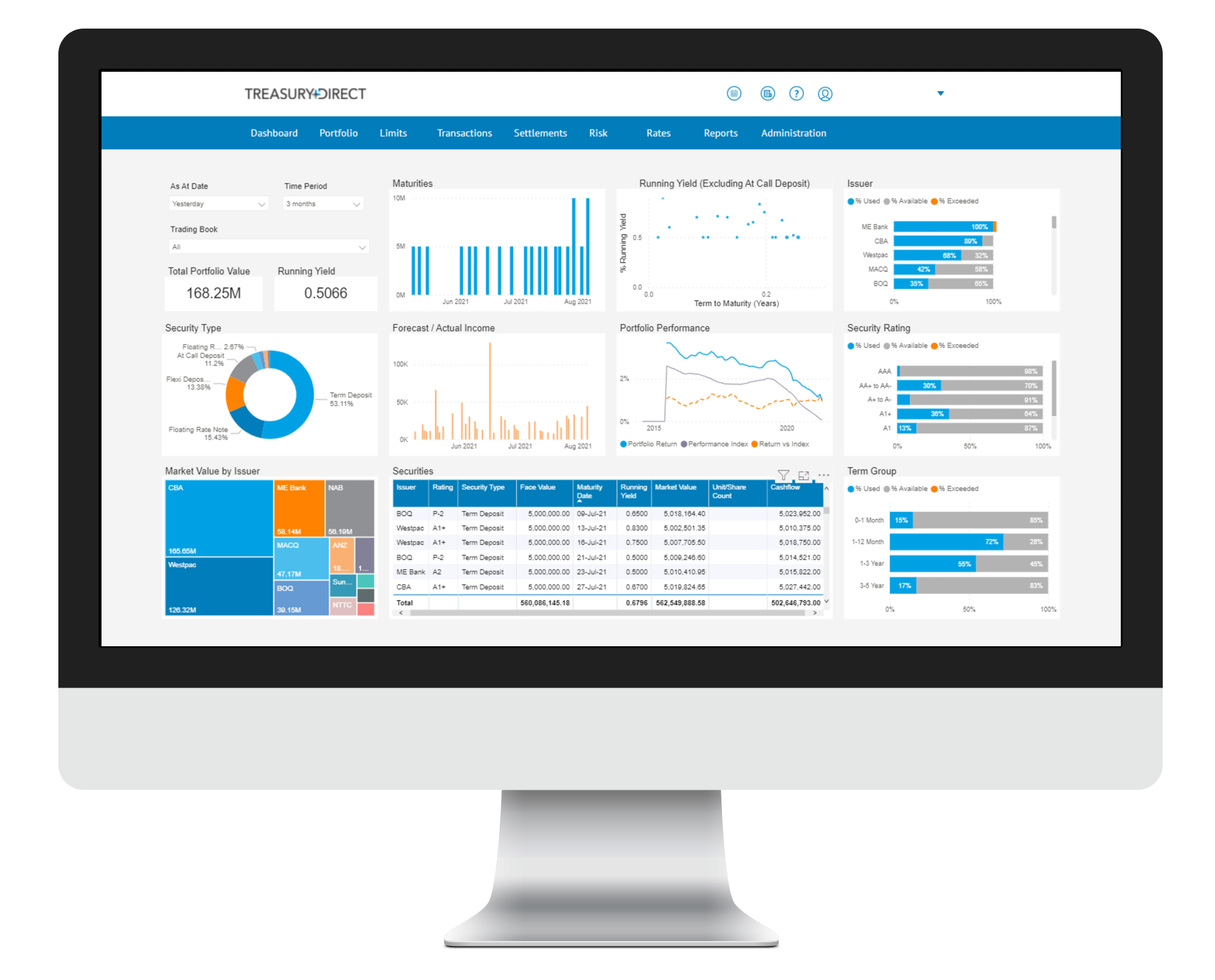Markets Overview
- ASX SPI 200 futures little changed at 8,553.00
- Dow Average little changed at 42,761.76
- Aussie up 0.4% to 0.6516 per US$
- US 10-year yield fell 3.2bps to 4.4738%
- Australia 3-year bond yield little changed at 3.36%
- Australia 10-year bond yield little changed at 4.27%
- Gold spot up 0.5% to $3,325.71
- Brent futures up 1.0% to $67.12/bbl
Economic Events
- 10:30: (AU) June Westpac Consumer Conf SA MoM, prior 2.2%
- 10:30: (AU) June Westpac Consumer Conf Index, prior 92.1
- 11:30: (AU) May NAB Business Confidence, prior -1
- 11:30: (AU) May NAB Business Conditions, prior 2
Wall Street traders glued to their screens amid commercial talks between the US and China drove stocks mildly higher, with officials hinting at progress in negotiations that are set to resume Tuesday. Bonds bounced after Friday’s selloff as inflation expectations eased. The dollar fell.
The S&P 500 eked out a gain, remaining nearly 2% away from its February peak. Tesla Inc. jumped about 4.5% as President Donald Trump reiterated the desire to end his spat with Elon Musk, saying he’d retain Starlink internet service at the White House and wished his billionaire backer “very well.” Apple Inc. slipped over 1% as it didn’t feature any noticeable artificial-intelligence advancements during a developers conference.
US Commerce Secretary Howard Lutnick said discussions between Washington and Beijing were “fruitful” and Treasury Secretary Scott Bessent cited a “good meeting.” “We are doing well with China. China’s not easy,” Trump told reporters at the White House on Monday. “I’m only getting good reports.”
Trade talks between the US and China will continue into a second day, according to a US official, as the two sides look to ease tensions over shipments of technology and rare earth elements. The advisers will meet again Tuesday at 10 a.m. in London, the official said.
“Markets have moved higher on tariff postponement and the perception that they will be more moderate than initially announced,” said Richard Saperstein at Treasury Partners. “We expect markets to remain headline-sensitive, as trade deals take time to negotiate and unsettling tariff news is likely to cause noticeable volatility.”
“While conditions aren’t as bad as feared, this isn’t a moment for complacency,” said Mark Hackett at Nationwide. “We’re within 2% of an all-time high, but absent a clear catalyst, a breakout doesn’t feel imminent this week.”
Wall Street strategists are growing optimistic about US stocks, with forecasters at Morgan Stanley and Goldman Sachs Group Inc. suggesting resilient economic growth would limit any pullback over the summer.
Morgan Stanley’s Michael Wilson said a sharp improvement in Corporate America’s earnings outlook bodes well for the S&P 500 into the year end. He reiterated his 12-month price target of 6,500 points. The gauge closed at 6,005.88 Monday.
A slate of strategists including at JPMorgan Chase & Co. and Citigroup Inc. have raised their year-end targets for the S&P 500 in recent days, on bets that the worst shock from the trade war was over. At Goldman Sachs, David Kostin said recent market action suggests investors are pricing an optimistic growth outlook.
“The potential for market swings continues,” said Ulrike Hoffmann-Burchardi at UBS Global Wealth Management. “But in our view, this should not impede investors putting cash to work, especially given our continued expectation for US equity gains over 12 months and that both interest rates and cash returns are set to fall as the year progresses.”
The S&P 500 has round-tripped from selloff to full recovery in under two months, marking the shortest “vol shock” on record, according to Deutsche Bank AG strategists including Parag Thatte.
“Fear, capitulation and offsides positioning have driven the 20% plus rebound in the S&P 500,” said Lisa Shalett at Morgan Stanley Wealth Management. “While markets are anticipatory, the current rally still seems to be struggling with a credible narrative.”
With a key inflation read on tap Wednesday as the Federal Reserve enters a blackout period before its June 18 interest-rate decision, money managers are wrestling with what could propel the S&P 500 back to a record after the index soared 20% from its April lows.
Closing above the February record would mark the 25th correction — decline of 10% to 19.9% — since World War II, according to Sam Stovall at CFRA. Using history as a guide, the S&P 500 rose an average of 10% over a 127 calendar-day period following the conclusion of all 24 prior corrections since WWII, he said.
“A continued easing of inflation readings and still-favorable employment data should help extend the duration and magnitude of this advance,” Stovall said.
The S&P 500 equity risk premium — the spread between the earnings yield on stocks and the yield on the 10-year Treasury — is negative, below its long-term average, and likely still too low to support an expectation for strong forward returns, according to Bloomberg Intelligence strategists Gina Martin Adams and Michael Casper.
Despite popular notions, a negative or low risk premium isn’t necessarily a predictor of poor forward returns, they said. It was negative for two long stretches in the post-WWII era — from October 1968 to October 1973 and from September 1980 to June 2002. During the first stretch, stocks gained 1.1% annually, but they surged an annualized 10% in the latter.
The 1980-2002 run coincided with a negative 52-week correlation between stock prices and bond yields, suggesting inflation trends may be key to the efficacy of the indicator, according to BI. However, that relationship flipped back to positive in April.

